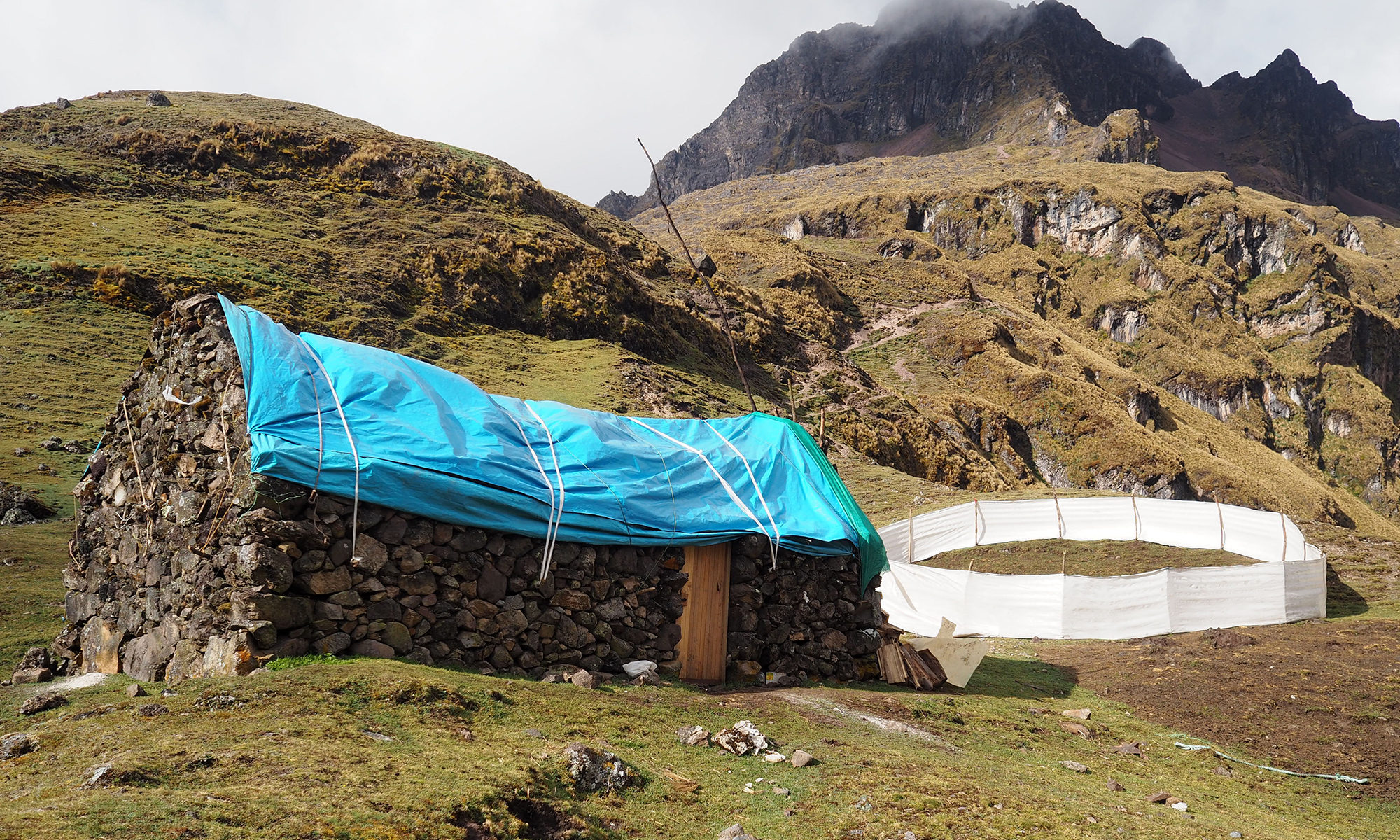
We had an unexpectedly delightful experience at Monticello yesterday. We rode our bikes from Charlottesville thru the beautiful early spring morning. All of the tulips were in boom. The trees were just budding out.
Here it all was. This was the beginning of America’s love affair with neoclassical architecture. Whether you have had an architectural education or not, Monticello is seared into your iconography. It’s on the back of a nickel, for God’s sake. So it is difficult not to bring emotional baggage to the interface. Yet, all the same, we were seduced.
It was interesting to learn that Monticello was Jefferson’s reaction to the English. He spent time in Williamsburg, and considered that architectural language as “rude and misshapen.” No, what this new country needs is an architecture which speaks to the classical ideals of Greece and Rome. An architecture which invokes the concepts of individual liberty, education, rationality, clarity and restrained proportion is what is needed. And that’s what we got.
Jefferson’s copying of French Neoclassicism is well documented. Palladio is cited as another of Jefferson’s influences. It seems that while he may not have visited any of Palladio’s buildings, he knew about them from his books. The Rotunda at the University of Virginia, which we also visited, is of course a direct copy of the Pantheon.
You’ve got to admit, Jefferson had a point. If you’re going to establish an architecture of democracy, you absolutely would want the flowing, genteel, graceful and soft geometry of Neoclassical inspired Monticello compared to the boring chop a block British.
And, yes, none of this bucolic splendor would have been possible without Jefferson’s ownership of other human beings. That fact is acknowledged thu out the experience. They are just finishing the construction of what they call a meditation to Jefferson’s slaves, with their names cut into corten steel panels, photo below.

As I was writing this post this AM, I was dabbling around with this drawing. I kept thinking, the design of Monticello is really about that dome that he added to his house. He could write the Declaration of Independence, and also establish an architectural ideal for a new democracy.

